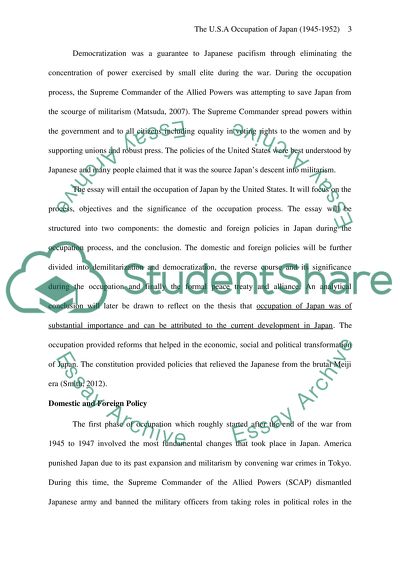Cite this document
(“The U.S Occupation of Japan (1945-1952) Essay Example | Topics and Well Written Essays - 2750 words”, n.d.)
The U.S Occupation of Japan (1945-1952) Essay Example | Topics and Well Written Essays - 2750 words. Retrieved from https://studentshare.org/history/1702333-the-us-occupation-of-japan-1945-1952
The U.S Occupation of Japan (1945-1952) Essay Example | Topics and Well Written Essays - 2750 words. Retrieved from https://studentshare.org/history/1702333-the-us-occupation-of-japan-1945-1952
(The U.S Occupation of Japan (1945-1952) Essay Example | Topics and Well Written Essays - 2750 Words)
The U.S Occupation of Japan (1945-1952) Essay Example | Topics and Well Written Essays - 2750 Words. https://studentshare.org/history/1702333-the-us-occupation-of-japan-1945-1952.
The U.S Occupation of Japan (1945-1952) Essay Example | Topics and Well Written Essays - 2750 Words. https://studentshare.org/history/1702333-the-us-occupation-of-japan-1945-1952.
“The U.S Occupation of Japan (1945-1952) Essay Example | Topics and Well Written Essays - 2750 Words”, n.d. https://studentshare.org/history/1702333-the-us-occupation-of-japan-1945-1952.


